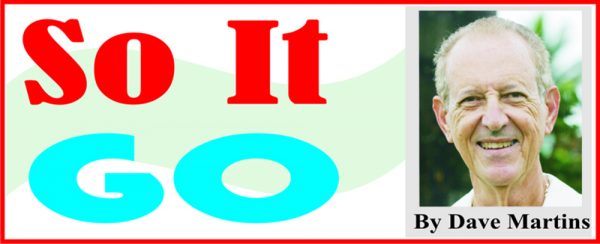
Fast forward to today and while the tourists still come and their dollar is still strong, Cayman now is in a fierce battle as the foreign investors in the cruise ship industry are pushing for a radical development of the port, Georgetown, in Grand Cayman, to accommodate the modern mega-cruise ships. Traditionally, cruise ships would anchor off shore and tenders would bring passengers to the dock in Georgetown, but now the cruise companies want a simpler operation where they would come alongside and passengers would simply step ashore. To facilitate this, Cayman would dredge the harbor, build an elaborate new dock including massive piers for the ships, many of which are bringing upwards of 5,000 passengers each. Among Caymanians, there has been massive protest to this push which has gone as far as a group calling for a Cruise Port Referendum where residents would vote “yes” or “no” on the new port idea. Contending that, among other things, the new port would generate massive congestion on the already congested island, the group actually took the government to court generating a ruling that, in effect, stopped the project, and the Cayman government will be offering a revised plan in the near future. It is important to note that a big part of the opposition to the new port is the already crowded conditions on Grand Cayman, including long delays in traffic, mornings and evenings, as well as a rise in petty crime. In brief, the people in Cayman have rejected the mega ships’ proposal because of the consequences for Grand Cayman, and the next step awaits. In the interim, the country’s news media are redolent with comments from residents bemoaning the loss of “the old days”. One has to wonder whether we in Guyana may not be making the same moan in a few years.
I lived in Cayman for 26 years and am very familiar with all the machinations connected with the scenario above. Although it clearly evolved over time, I can look back on it and see the clear difference, for people living on the island, between the days when I first came there and when I left in 2008. “Development” had come to the islands, but so had congestion, rise in crime, rise in cost-of-living, and more everyday concerns such as traffic and pollution.
Living in Guyana again, for the past 11 years, one is struck by the likelihood that the Cayman story may have similar portents for Guyana where already the “development” question is being hotly debated here with the prospects from our oil revenue. If the Cayman story does nothing for us, it should at least leave us wondering if it may not be our own before too long. The Cayman experience has clearly shown that the rich foreign investor, under the banner of development, will make demands on a nation, insisting that they must be met. Are we, in Guyana, going to resist demands from wealthy developers who may come here, drawn by our oil, or are we going to look the other way when they fail to do the environmental base line studies on our marine life? Will we, in Guyana, take wealthy developers to court when problems loom? Cayman is a relatively small country, a virtual dot in a map of the Caribbean, but it has valuable lessons for our own development if we are paying attention. Some evidence can be found in a recent online note on congestion from Victor Pires, who asked, “What’s the best route to the East Bank today?”





